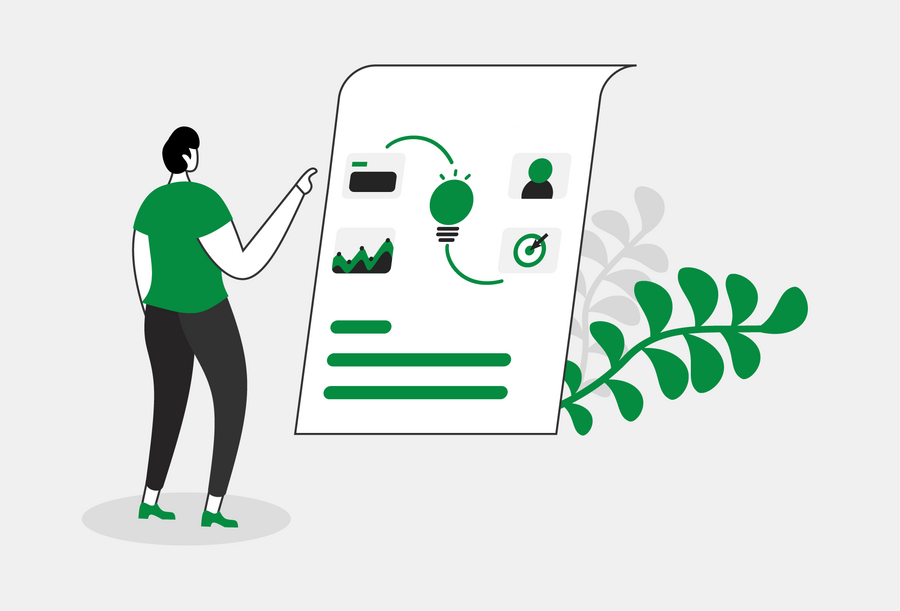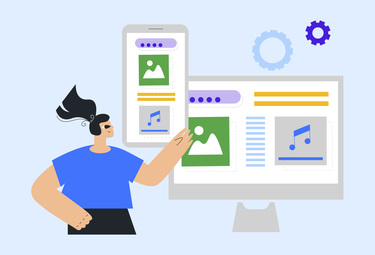The IT industry has developed rapidly over the past several years and there is no sign of stopping. Until recently, we used only desktop computers, then the market was conquered by laptops, which opened the way for the development of mobility. Today, almost all of us carry a smartphone, combining a number of functions once available in several separate devices. It's safe to say that we already treat the rapid pace of technological progress as a permanent feature of modern times.
Nowadays, more and more people are using various types of software and mobile applications and the computerization of everyday life continues to gain momentum. We can do many things conveniently over the Internet - pay bills, make medical appointments and even complete official formalities and undoubtedly, the range of possibilities that technology gives us will continue to increase.
The development dynamics in the IT sector also means that digital products become obsolete very quickly, and thus need to be constantly improved to keep up with technological advances. Modifying existing solutions is one way of handling the problem, because it helps improve what already works and simply needs improvement.
User needs
The specific needs of users are the unquestionable basis for the design of new, as well as the development of existing systems. Dedicated software is characterized primarily by the possibility of flexible customization according to the personalized requirements of the customer. These are often subject to change due to external factors such as the macroeconomic situation. In uncertain periods, companies look for savings and then tend to be reluctant to invest in completely new tools, and focus more on improving the ones they currently use. Digital product providers therefore face a challenge to meet such expectations.
Certain solutions that once passed the test become obsolete over time and no longer fulfill their original role. One should remember that IT systems are much more effective if they are directly related to the business activities that they perform or support. In view of this, the customer should be an active participant in the development process, and his business needs a roadmap for further modifications.
The most common example of improving an existing application or program is refreshing the User Interface elements (for more information on this topic, see the article UX and UI - what is it and what are the differences?). Let's imagine that a particular system works well in terms of functionality, but its interface has not been updated for a long time. Working on such software cannot be efficient, given at least the different visual standards on which the latest versions of popular operating systems are based.
The importance of modifications in systems development
The operation of an enterprise is subject to a number of variables that also affect the functionality of the software used on a daily basis. Consequently, it is not possible to operate it for a long time without making modifications. Information systems are only useful if they evolve with the newly emerging needs of end users.
At OnlineIdea, we are in constant dialogue with our clients to be able to quickly and efficiently adapt the solutions we provide to the changing expectations of company employees or consumers. We work in the belief that improving existing components is as important as introducing new modules. A standard activity on our part is regular process checks and sprint meetings, during which we discuss possible improvements - we listen to suggestions and propose our own improvements.
Openness to the implementation of modifications in the offered products should be an indispensable element of cooperation between the software supplier and client. IT solutions have a short life cycle, which is why it is so important to constantly strive to maximize their usability and adapt them to the changing requirements of end users.





